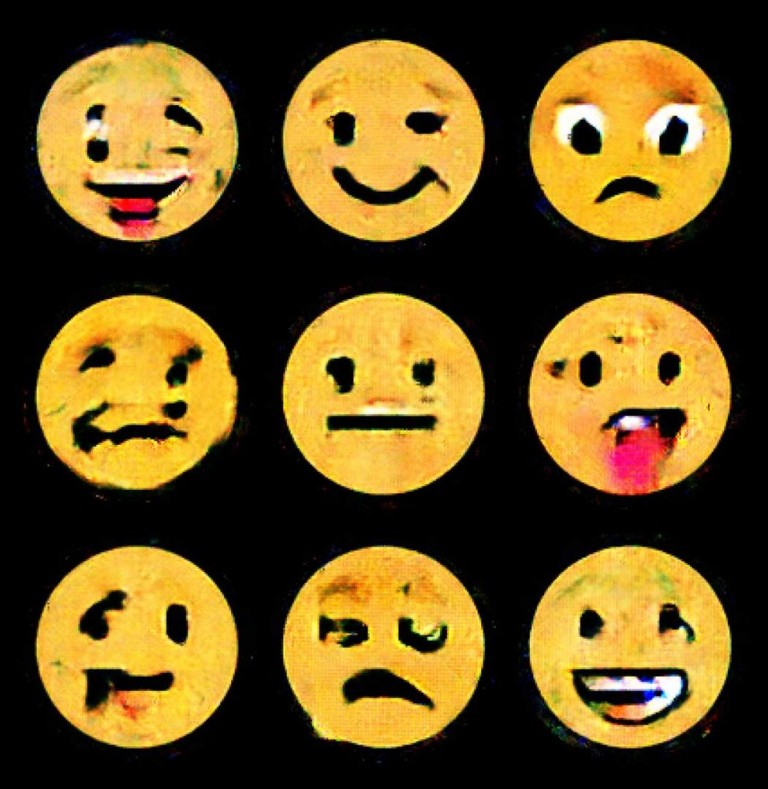BIY ™- Believe It Yourself
Creator: automato.farm
Exploring a speculative near future, this real-fictional triptych includes a set of belief-based computer kits, leveraging machine learning to turn vernacular superstitions into digital ones.
Nowadays, our society is flooded with products and machines that can measure through phenomena, analyze data, and provide “insights” for us. Have you ever questioned the insights you were given? Instead of letting them tell us what to do, “now, we can at least make machines that believe what we might believe in! “ as stated in project BIY™, presenting the world’s first belief-based computing kit in an alternative future by the automato.farm artistic group.
BIY™, Believe It Yourself, is a real-fictional project which includes a set of Raspberry PI trained by machine learning process to help make daily life decisions and predictions based on vernacular superstitions. The triptych includes the BIY.Move, BIY. See and BIY. Hear Kit. In function, the BIY.Move kit reinterprets location and context awareness through the logic of Chinese Geomancy and Fengshui, to reach a spatial and personal harmonious balance. You could also use the BIY.See kit, to recognize misfortune figures with a built-in camera module. Interpreted through the logic of the Italian sleep story, “Smorfia’’, BIY.See informs the user of very unlucky configurations, such as a black cat crossing the street. As for the BIY.Hear kit, trained on Indian Numerology and Astrology, it leverages natural language processing to recognize the voice input and provides an output with a lucky number and destiny hidden in words, just like your own personal fortune cookie. Humorous yet critical, the artists described their training process to have worked with experts in fortune telling from different cultures to translate their knowledge and beliefs into digital forms.
Apart from the artifact design itself, BIY™ endeavors to create a more immersive fictional experience. Coupled with an advertisement style intro video, the computing kits can be pre-ordered on the website. What’s more interesting about this real-fictional project is the intention and potential to be embedded into other digital devices as we use it. By doing so in reality, it reproduces the process when an agent has the tendency to empower itself by advocating one specific way of understanding the environment and then gain control over other actors in the network, which is exactly what’s happening in our current fever over Artificial Intelligence and is also, the underlying mechanism of superstition belief, driven by the innate impulse for humans to use a simple method to predict the future. In this context, artificial intelligence becomes the new superstition.
The blurry border of reality and fiction, present and future, immerses the audience in new ways of experiential thinking. As mentioned in the interview with Speculativeedu, The artists have taken inspirations from the Near Future Laboratory and James Auger’s work, that poses questions into the world with projects that are really close to the mundane reality of the near future, which creates a “critical aftertaste,” and hits the audience with the later realization.
 AI-generated emoji, 2019, Process Studio
AI-generated emoji, 2019, Process Studio
Being a commission to the MAK Vienna for the 2019 Vienna Biennale and part of the “Uncanny Values” Exhibition, project BIY™, together with others like AImoji(2019) and Asunder (2019) have stimulated cultural sensibility around artificial intelligence and raised the question: What sort of a living creature the omnipresent AI already is and will become? And what roles are we playing in this process?
 Asunder, 2019, Tega Brain, Julian Oliver and Bengt Sjölén
Asunder, 2019, Tega Brain, Julian Oliver and Bengt Sjölén
The spookiness lies in the increasing difficulty to understand when the thinking of the machine only remains in a black box. With technology’s progression towards ultimate sophistication, the result at some point would strike us just like the “Uncanny Valley”, as Masahiro Mori coined the term in the 1970s for anthropomorphic robots.